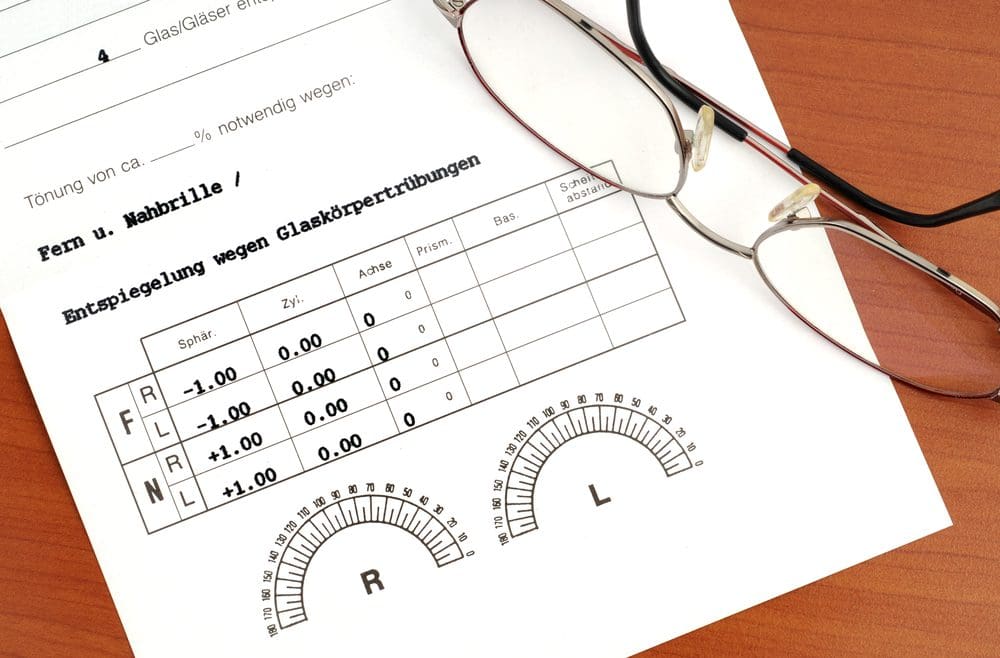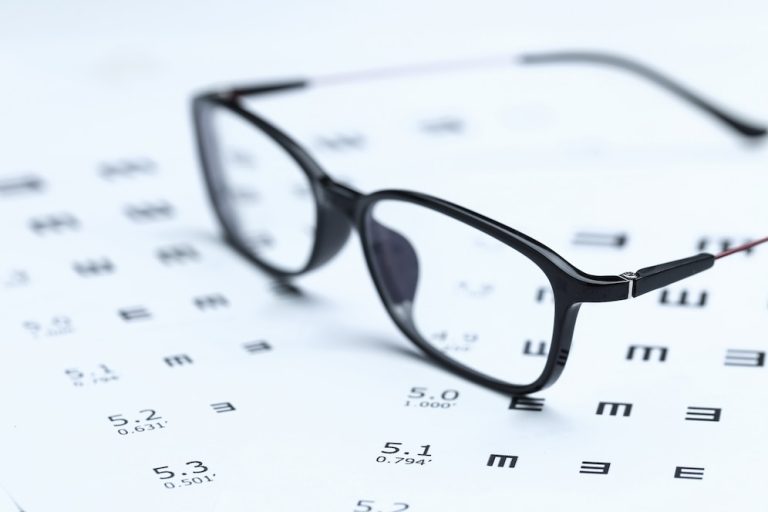How To Read An Eyeglass Prescription: Decoding The Numbers
Understanding an eyeglass prescription can be quite confusing, especially with all the numbers and abbreviations involved. However, learning to decode these elements can help you better understand your vision needs and ensure you get the correct lenses. This guide will walk you through the key components of an eyeglass prescription, explaining what each term and measurement means.
The Basic Structure of an Eyeglass Prescription
An eyeglass prescription typically includes several key pieces of information. Each part of the prescription plays a specific role in defining the lenses you need to correct your vision. Here’s a breakdown of the most common elements you will find:
- OD and OS: These abbreviations stand for “oculus dexter” and “oculus sinister,” which are Latin terms for the right eye and left eye, respectively. Sometimes, you might see “OU,” which stands for “oculus uterque,” meaning both eyes.
- SPH (Sphere): The sphere value indicates the amount of lens power, measured in diopters (D), needed to correct your vision. If the number has a plus sign (+), it means you are farsighted (hyperopia), and if it has a minus sign (-), it means you are nearsighted (myopia).
- CYL (Cylinder): The cylinder value measures the degree of astigmatism in your eyes. Astigmatism is caused by an irregularly shaped cornea or lens, and this value indicates how much correction is needed. Like the sphere value, it is measured in diopters and can have a plus or minus sign.
- AXIS: The axis value is a number between 0 and 180 degrees and indicates the orientation of the astigmatism. This measurement tells the optician where to position the cylindrical power in the lenses to correct the astigmatism.
- ADD: The addition (ADD) value is used in multifocal lenses, such as bifocals or progressive lenses, to provide additional magnifying power for reading or other close-up tasks. This value is always a positive number, even if it is not explicitly indicated by a plus sign.
- PRISM: This value is included if there is a need to correct eye alignment issues. It indicates the amount of prismatic power, measured in prism diopters, required to correct double vision or other alignment problems.
PD (Pupillary Distance): The pupillary distance is the measurement between the centers of your pupils in millimeters. It ensures that the lenses are correctly centered in front of your eyes.
Understanding the Terms and Measurements
- Sphere (SPH): The sphere value determines whether you are nearsighted or farsighted and to what degree. Nearsighted individuals have difficulty seeing distant objects clearly, while farsighted individuals struggle with close-up vision. The higher the absolute value of the sphere number, the stronger the corrective lens needed.
- Cylinder (CYL) and Axis: Astigmatism is a common condition that causes blurred vision due to the irregular shape of the cornea or lens. The cylinder value indicates the lens power needed to correct this irregularity. The axis value specifies the orientation of the astigmatism, ensuring that the lens correction is applied in the right direction.
- Addition (ADD): For those requiring multifocal lenses, the addition value provides the extra magnification needed for near tasks. This is particularly useful for people with presbyopia, an age-related condition that affects close-up vision.
- Prism: Prism correction is less common but essential for individuals with specific eye alignment issues. The prism value helps in aligning the images seen by each eye, reducing double vision and improving overall visual comfort.
- Pupillary Distance (PD): Accurate pupillary distance measurement is crucial for the proper alignment of lenses in your frames. If the PD is incorrect, it can lead to discomfort, eyestrain, and suboptimal vision correction.
Why Understanding Your Prescription Matters
Knowing how to read your eyeglass prescription can empower you to make informed decisions about your eyewear. It ensures that you understand what corrections are needed and why, helping you communicate more effectively with your eye care provider and optician. Additionally, understanding your prescription can help you compare options when purchasing glasses, whether through an optician or online retailer.
Conclusion
Decoding the numbers and letters on an eyeglass prescription may seem daunting at first, but with a little knowledge, it becomes much simpler. Each component of the prescription provides essential information about your vision correction needs, from the degree of nearsightedness or farsightedness to the specifics of astigmatism and additional magnification for reading. By understanding these elements, you can ensure that you receive the right lenses for optimal vision correction and comfort. Regular eye exams and updated prescriptions are crucial for maintaining good eye health and clear vision.
For any further queries, Plz visit drvivekgarg. in








